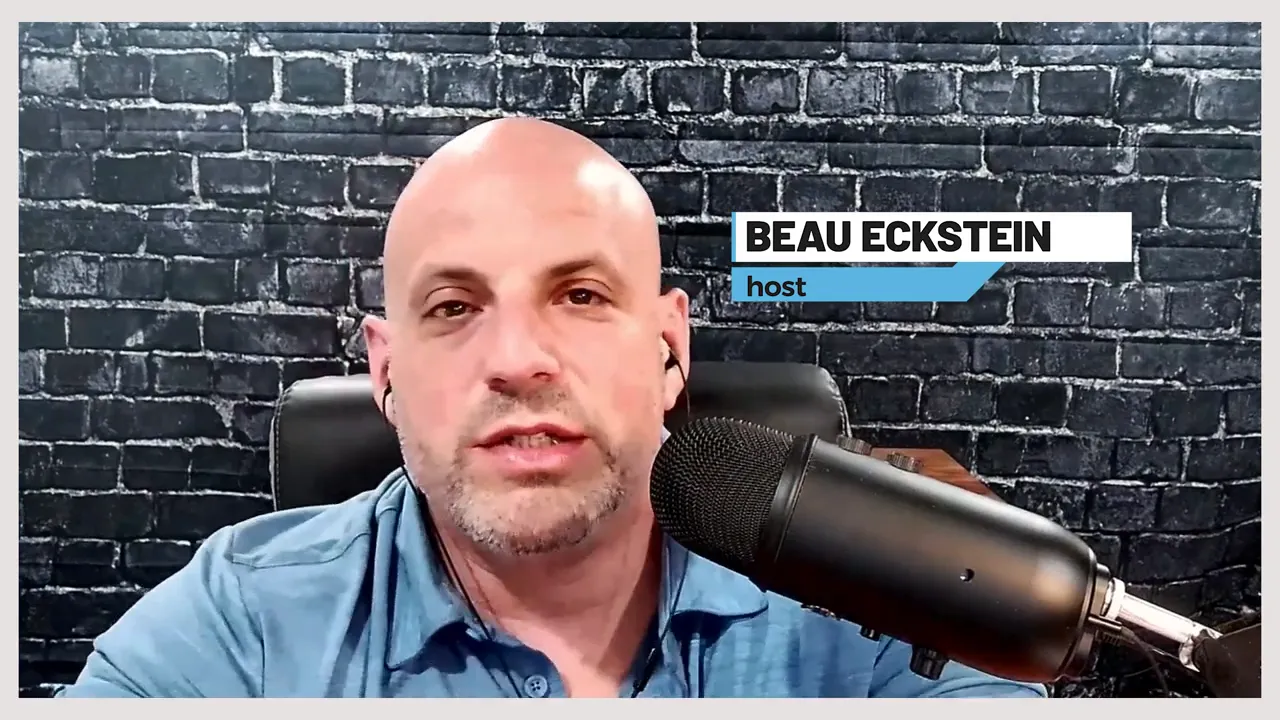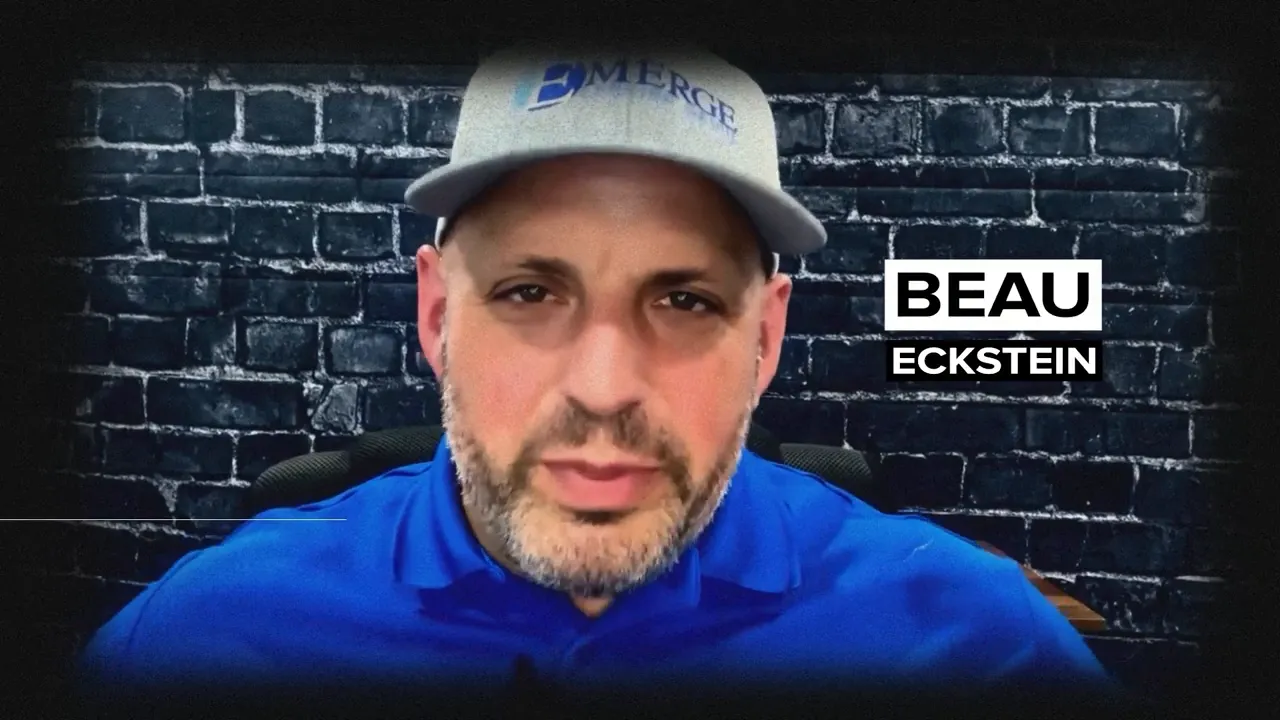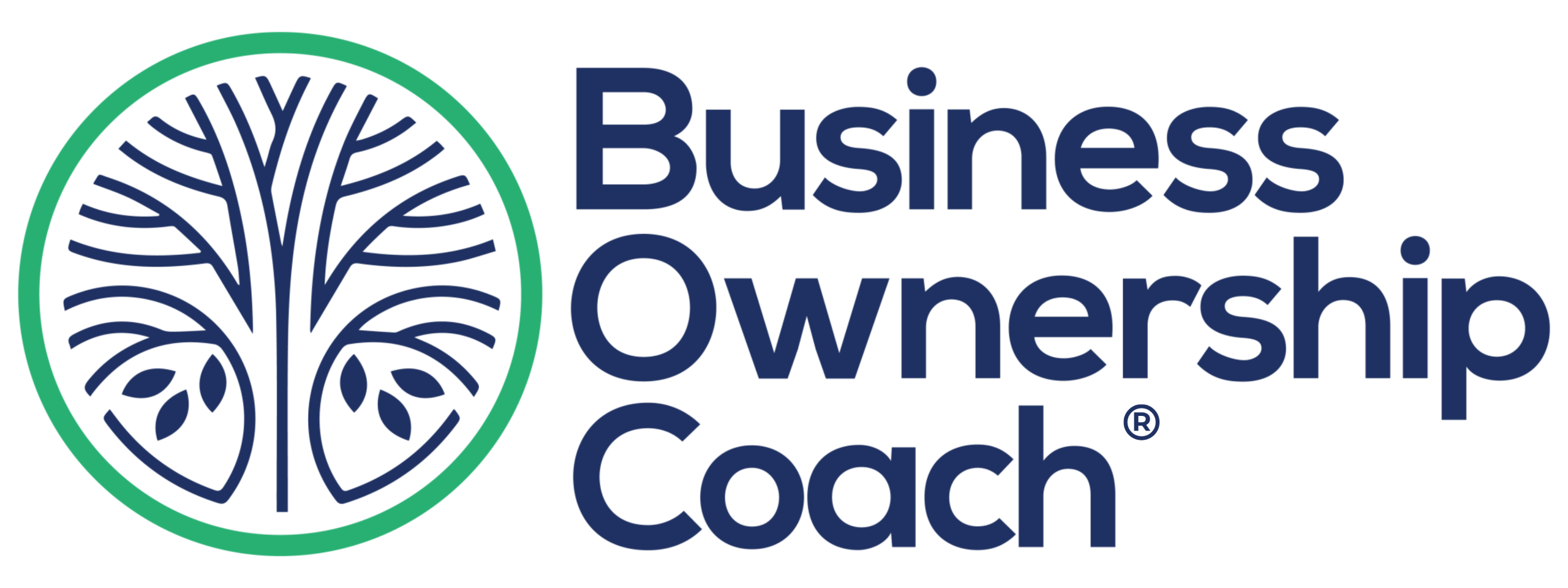I’m Beau Eckstein, and as a Business Ownership Coach | Investor Financing Podcast host and commercial mortgage advisor with over 20 years in lending, I want to walk you through how to position your company so it sells cleanly, commandingly, and at the price you deserve. In this article I share what I learned at a recent scaling workshop hosted by Alex Hero and the practical, tactical steps I use with clients preparing businesses for sale. If you want guidance from a Business Ownership Coach | Investor Financing Podcast perspective, this is a straightforward playbook you can start using today.
What “bulletproof” means when preparing to sell
At Alex Hero’s scaling workshop, the term “bulletproof” came up repeatedly. When I say a business is bulletproof, I mean the company shows stable, diversified revenue, repeatable customer acquisition, minimal single-person dependency, and clean financials. Buyers — and especially institutional buyers and lenders — look for variance and risk drivers. They want to understand exactly how revenue is generated and where it could fall apart.

Two years of intentional work can change the valuation conversation. Alex demonstrated how he systematically removed risk, scored the business on a checklist, and fixed the issues before going to market. The result? The business sold for a headline number that reflected the lack of variance and clear repeatability.
Key risk factors buyers and lenders look for
When preparing your business for sale, focus on eliminating or mitigating these common red flags:
- Customer concentration: If one client accounts for 50–60% of revenue, buyers will mark down value or demand guarantees.
- Owner dependency: If you are the reason customers buy, transitioning the business becomes risky.
- Unproven marketing: If lead generation depends on a single campaign or channel without historical proof, it’s a vulnerability.
- Poor record-keeping: Messy books, inconsistent cash flow statements, and unsubstantiated revenue are automatic deal killers.
Addressing these items is straightforward in concept but takes disciplined execution. Create redundancy, document processes, diversify clients, and track the real acquisition costs and lifetime value of customers. Those changes make your business attractive to a wide range of buyers and financing sources.
Photo by Vitaly Gariev on Unsplash
Market realities: valuation, interest rates, and cash flow
Right now, buyers and sellers are operating in a tougher financing environment. With prime rates near 8.5% and margins on loan products sometimes adding as much as 2.75%, the effective cost of borrowing can push the all-in rate into the 10.5%–11.25% range. That reality impacts cash flow and affordability for buyers.
For sellers, that means you may see buyers who can pay top dollar in theory but can’t service the debt at realistic interest rates. Consequently, many deals incorporate creative structures — and this is where a Business Ownership Coach | Investor Financing Podcast approach helps align expectations and structure transactions so they close.
Seller financing and SBA strategies that work
Two structures dominate the current landscape: seller carry (seller financing) and SBA-backed loans. Here’s how these fit together:
- Seller carry: The seller holds a portion of the purchase price and receives payments over time. This can bridge valuation gaps and lower the buyer’s immediate financing needs.
- SBA lending + seller carry: Many buyers use an SBA loan for the bulk of the price and a seller carry for the remainder. If structured correctly, a seller carry can be placed on standby for a period (commonly two years), which might allow lenders to exclude it from the debt service coverage calculations.
Standby seller notes are powerful because they reduce the buyer’s debt service burden in the critical early years. That’s why sellers who are realistic about pricing and willing to be creative often move faster in today’s market.

Pricing: be realistic or risk long waits
There’s a psychology to pricing: many owners think their business is worth more than the market will pay. That’s normal. But the market will tell the truth — and overpriced listings linger. If you want to sell quickly and efficiently, price to market, present clean financials, and be prepared to accept some seller financing to bridge rate and cash flow gaps.
For folks who truly want top dollar, the path is to remove risk first. That’s what Alex did: fix variances, document systems, and show predictable future cash flow. When buyers see less risk, they’ll price accordingly.
Why community and ongoing education matter: Business Ownership Academy
Preparing a business for sale is not just a checklist — it’s a journey. That’s why I launched BusinessOwnershipAcademy.com and built a community on School to help entrepreneurs take action. In this community we focus on three pillars:
- Education: Practical courses on financing, operations, and acquisition playbooks.
- Community: Peer accountability, networking, and deal-sourcing conversations.
- Real-world advice: Bankers, franchise operators, and buyers sharing case studies and acquisition breakdowns.
Expect regular events — everything from lunch-and-learns to deep-dive case studies that unpack how real acquisitions were financed and scaled. If you’re serious about transitioning out of your business or buying one, ongoing learning and the right network are game-changers from a Business Ownership Coach | Investor Financing Podcast perspective.

Practical checklist: 12 steps to bulletproof your business
Use this checklist as a working roadmap. Each step reduces buyer risk and increases marketability:
- 1. Document key processes (operations, sales, customer onboarding).
- 2. Reduce owner dependency by delegating and documenting responsibilities.
- 3. Diversify customers so no single client exceeds 20%–25% of revenue.
- 4. Establish consistent, proven marketing channels with measurable ROI.
- 5. Clean up financials: accurate P&L, balance sheet, and cash flow statements for 3 years.
- 6. Standardize contracts and terms with suppliers and customers.
- 7. Implement simple KPIs that track customer acquisition cost and lifetime value.
- 8. Create an owner transition plan outlining time commitments post-sale.
- 9. Engage an advisor or broker early to spot valuation risks.
- 10. Consider seller carry and SBA options as part of the exit strategy.
- 11. Build a data room so buyers can do due diligence quickly.
- 12. Price realistically and be prepared to demonstrate how you fixed risks.
Photo by Vitaly Gariev on Unsplash
Final thoughts and next steps
Preparing a business for sale takes time, discipline, and perspective. The earlier you start, the more options you’ll have. Whether your goal is to sell at the highest multiple or to transition smoothly to a new chapter, the pathway is the same: remove variance, document systems, and present clean financials. As a Business Ownership Coach | Investor Financing Podcast host, I see over and over how those fundamentals separate businesses that sell quickly from those that languish on the market.
If you want help with any of the steps above — valuation, SBA strategy, or creating a buyer-ready data room — feel free to book a call at bookwithbeau.com or join the community at BusinessOwnershipAcademy.com. I’m building a practical, action-oriented group where we bring bankers, operators, and owners together to solve the hard parts of selling and buying businesses.
Take one small step today: pick one item from the checklist and commit 30 minutes to it. Those incremental moves compound into a transaction-ready business that commands top offers.


